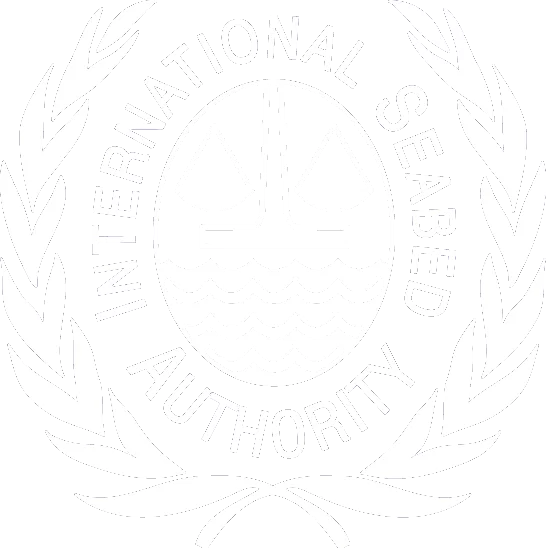CCZ source details
Flint, H. C.; Copley, J. T. P.; Ferrero, T. J.; Van Dover, C. L. (2006). Patterns of nematode diversity at hydrothermal vents on the East Pacific Rise. Cah. Biol. Mar. 47: 365-370.
179299
Flint, H. C.; Copley, J. T. P.; Ferrero, T. J.; Van Dover, C. L.
2006
Patterns of nematode diversity at hydrothermal vents on the East Pacific Rise
Cah. Biol. Mar.
47: 365-370
Publication
NeMys doc_id: 18007
Available for editors 
The diversity and abundance of meiofauna in quasi-quantitative samples collected from Bathymodiolus mussel
beds in a deep-sea hydrothermal vent field on the East Pacific Rise (EPR) was studied with particular reference to
nematodes. Copepods, polychaetes and nematodes were found to be the most abundant meiofaunal taxa at all sites
processed so far. Species richness (S = 4- 6), Shannon-Wiener diversity indices (H’log e = 0.9-1.5) and Pielou’s eveness
indices (J’ = 0.5-0.8) were similar at all sites. Six different species of nematode were identified, both sites exhibiting a
dominance of Monhystrid species. Cluster analysis of Bray-Curtis similarities using group-average linkage on standardised
data shows that samples from Train Station and East Wall separate out at around the 45% similarity level. This separation
results from the different abundances of nematode species present at both sites and the exclusive presence of
Thalassomonhystera sp. B at Train Station and Anticoma sp. A at East Wall. A pot sample from a mussel bed at “Oasis” at
17 25’ S on the EPR exhibits approximately 30% similarity with the NEPR samples as a result of higher abundance and
species richness of nematodes. To date, meiofauna have seldom been included in ecological studies at vents and it is therefore
not clear to whether patterns of faunal zonation and biogeography similar to those known in megafauna are also present
in this size class. Future work may reveal possible large-scale variation in nematode species richness.
Date
action
by
Chromadoridae Filipjev, 1917 (additional source)
Desmodoridae Filipjev, 1922 (additional source)
Leptolaimidae Örley, 1880 (additional source)
Leptolaimus de Man, 1876 (additional source)
Microlaimidae Micoletzky, 1922 (additional source)
Monhysteridae de Man, 1876 (additional source)
Thalassomonhystera Jacobs, 1987 (additional source)
Desmodoridae Filipjev, 1922 (additional source)
Leptolaimidae Örley, 1880 (additional source)
Leptolaimus de Man, 1876 (additional source)
Microlaimidae Micoletzky, 1922 (additional source)
Monhysteridae de Man, 1876 (additional source)
Thalassomonhystera Jacobs, 1987 (additional source)




